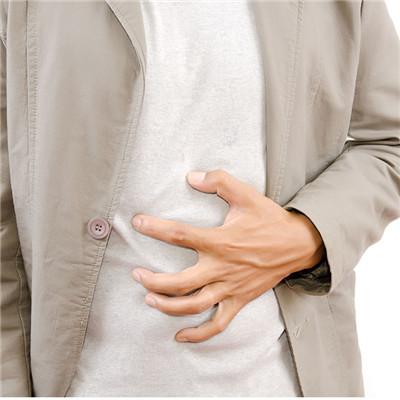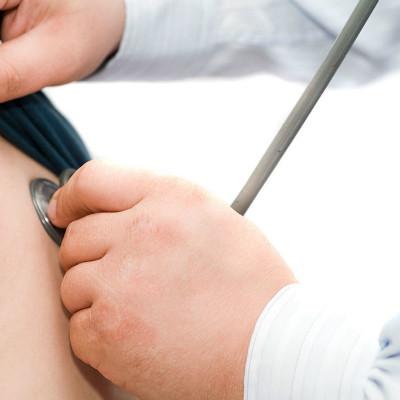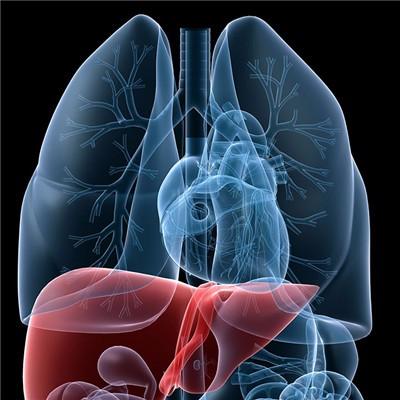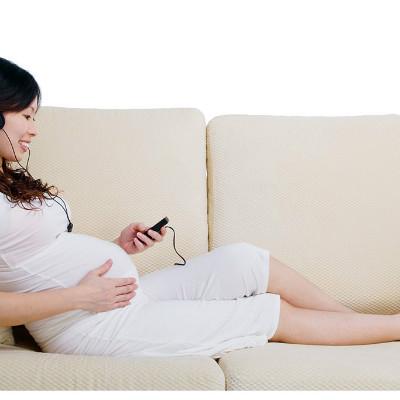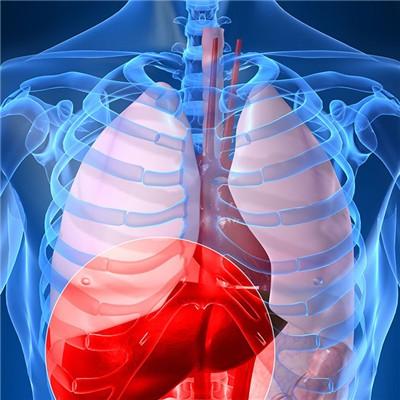How to differentiate and diagnose acute cervical disc herniation?
summary
Cervical disc herniation is now one of the common diseases, now society, people's physical pressure, all aspects of the problem also often appear, do people's mental and physical fatigue. Especially with cervical disc herniation friends, often in rainy days, tidal environment, feel doubly uncomfortable, all soreness, how to effectively prevent cervical disc herniation, how to improve the health environment, there are many methods, we should at the right time for reasonable treatment, cervical disc herniation diagnosis, which, which we should pay attention to?
How to differentiate and diagnose acute cervical disc herniation?
X-ray films of cervical spine showed that: (1) physiological radian of cervical spine decreased or disappeared( 2) In young or acute traumatic protrusion, there may be no obvious abnormality of intervertebral space, but in older patients, the involved intervertebral space may have different degrees of degenerative changes( 3) The soft tissue shadow before vertebrae was widened in the disc herniation caused by acute hyperextension injury( 4) Sometimes, the instability of the involved segment can be shown on the dynamic radiography of cervical spine.

CT scan: although it is helpful for the diagnosis of this disease, it is often unable to rely on conventional CT scan for diagnosis. CTM (myelography + CT scan) can clearly show the images of spinal cord and nerve root compressed by intervertebral disc. In recent years, some scholars advocate using this method to diagnose cervical disc herniation, and think that it is more valuable than MRI in the diagnosis of lateral cervical disc herniation.
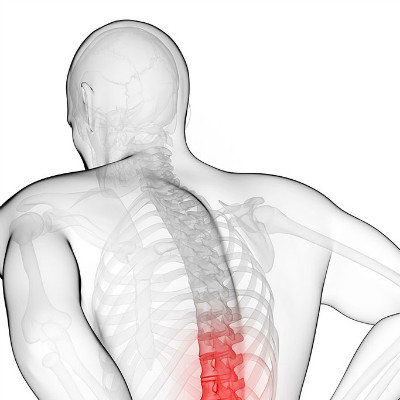
Magnetic resonance imaging (MRI): can directly show the location and type of cervical disc herniation and the degree of spinal cord and nerve root damage, and provide reliable basis for the diagnosis, treatment and prognosis of cervical disc herniation. The accuracy of MRI in the diagnosis of cervical disc herniation is much higher than that of CT and CTM. In the central type and paracentral type of cervical disc herniation, clear images can be displayed: (1) Central Type: the intervertebral disc protrudes from the level of the affected intervertebral space in a massive way, compressing the anterior central part of the cervical spinal cord, and the compressed spinal cord can move backward in a curved, flattened or concave shape, with abnormal signal, in which the signal enhancement is the main, and sometimes the image of intraspinal cavity can be seen( 2) Paracentral type: the intervertebral disc is massive or fragmented, protruding posterolateral, compressing the lateral cervical spinal cord and one side of the nerve root, compression and deformation of the anterolateral cervical spinal cord, displacement of the posterior or contralateral side, local signal enhancement, posterolateral displacement of the nerve root or image disappearance. Lateral cervical disc herniation often needs to be diagnosed with CTM.
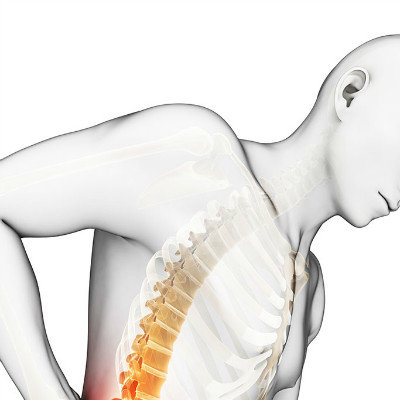
matters needing attention
Exercise can effectively prevent cervical disc herniation. When choosing exercise, we should give priority to suitable exercise and aerobic exercise. When eating food for supplement, we should pay attention to "quantity". We should not overeat and take too much supplement at one time. Don't overwork when exercising, otherwise it will cause physical burden.
